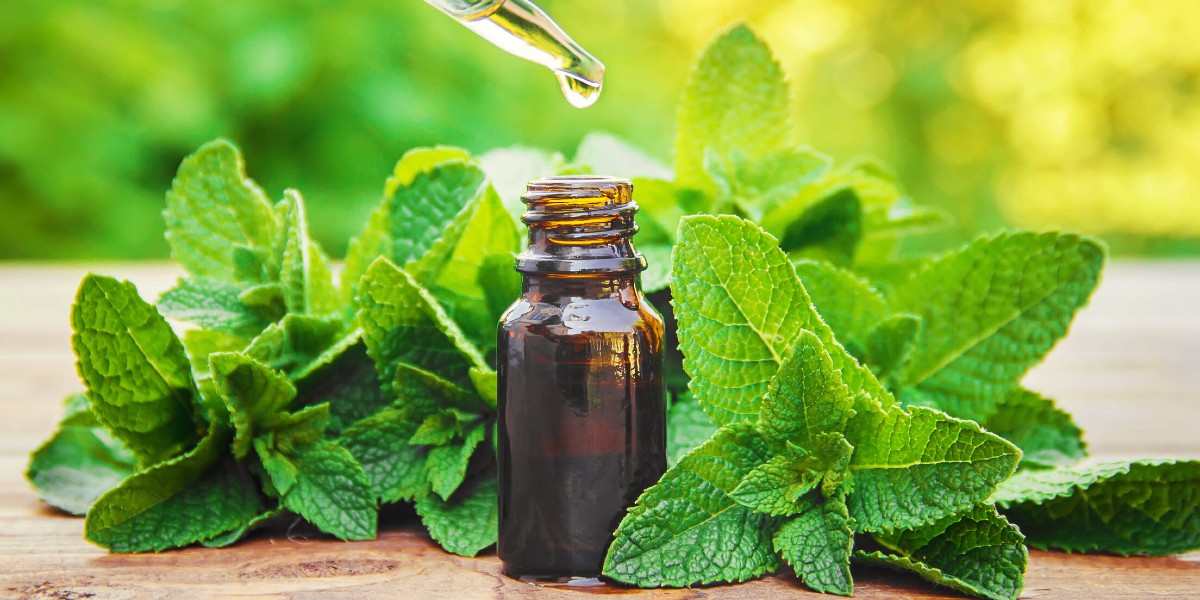
Plants have been used for therapeutic reasons for thousands of years. In fact, today 70-95% of the populations of many countries use plants for traditional medicine.
Botanical isolates are, by comparison, a relatively recent trend. But key compounds have been isolated from herbal and botanical biomass for more than 200 years, and researchers are continuing to discover valuable biochemicals in plant extracts.
Botanical extracts have provided a basis for life-changing medicines including salicylic acid, morphine, colchecine (a treatment for gout), and many others. Some of these biochemicals include antioxidants, isoflavones, and other active compounds. Some have antibacterial or anti-inflammatory effects, while others may be most valuable as flavoring or aroma ingredients.
Herbal processing and extraction technologies have advanced over the centuries, and experts can now extract the pure isolates that are in consumer demand. That allows food, nutraceutical, and pharma manufacturers to standardize delivery of active herbal and botanical ingredients in their products.
Often, consumers choose a broad-spectrum or full-spectrum herbal or botanical extract, but in other cases, they may prefer a pure isolate.
Relying on a toll processor for botanical extraction services is one way that manufacturers of functional foods, supplements, and herbal extracts can access advanced extraction. And with a tolling partner, those extraction capabilities come without major capital expenses and the time costs associated with mastering new equipment and processes.
Let’s take a closer look at some of the extraction techniques used for medicinal plants, botanicals, and herbs such as CBD, curcumin, and more.
Why Extract Pure Isolate from Botanical and Herbal Biomass?
According to the World Health Organization, almost 20,000 different medicinal plants are known and in use across 91 countries in the world. The simpler extraction techniques of medicinal plants that are often used in traditional practices include grinding, pressing, oil extraction, water infusions and solvent extraction, often using grain alcohols or even vinegars.
Pure isolates, on the other hand, are the specific chemicals or compounds in those plants that may have beneficial properties, so they’re targeted for extraction and isolation from the botanical biomass using laboratory processes.
Cannabidiol, or CBD, is an example of a botanical compound that’s often isolated from broad-spectrum extracts. Why? CBD isolate manufacturers target consumers who are interested in the potential effects of cannabidiol without ingesting any other compounds present in full-spectrum hemp oil.
Pure isolates can also help eliminate guesswork when it comes to measurement, for consumers who want precise dosing of specific compounds.
In short, it’s all about meeting consumer preference. Some consumers look for full-spectrum or broad-spectrum extracts, valuing a mix of compounds that’s closer to what naturally occurs in the hemp plant. Other consumers are solely interested in pure cannabidiol, and CBD oil manufacturers can meet the needs of both types of consumers by offering both types of products.
How Are Pure Isolates of Herbs and Botanicals Made?
For the purposes of our example, we’ll look a little more specifically at hemp isolate, though most floral extractions and the processing steps for making an isolate are similar.
In the case of hemp oil, the process of manufacturing CBD isolate begins with decarboxylation and extraction. If the hemp is not decarboxylated in biomass form, the extract needs a decarbing step to convert cannabidiolic acid (CBDA) to CBD. Not all herbal extractions require decarboxylation to create bioactive compounds.
The extraction step can involve supercritical or subcritical CO2; some botanical extraction service providers use ethanol or hydrocarbon solvents when extracting for isolate, since later processing steps remove nearly all traces of solvent residue.
Following extraction, isolate processing steps include:
- Winterization — This purification step involves cooling the initial crude extract to separate out lipids, waxes, and other undesired materials.
- Filtration — Fats and waxes that solidified in the winterization step are immediately filtered out for removal.
- Distillation — The winterized, filtered crude is loaded into a distillation vessel, where it undergoes evaporation and condensation to separate the desired constituent (in hemp, this is cannabidiol) from other constituents, such as terpenes. Each individual chemical in the plant has its own boiling point, which makes fractionation possible.
- Recrystallization — Adding a solvent to the distillate and heating until the distillate dissolves in solution, and then lowering the temperature allows the isolated molecules to reassemble into a crystalline structure, separating out of the rest of the mixture.
- Analysis — Testing techniques that follow validated laboratory processes verify the identity and purity of the isolate. The analytical testing lab issues a certificate of analysis (COA), which can be used for transparency in product-related communications.
The final pure, potent botanical isolate product should test above 99% purity for the desired compounds. High-performance liquid chromatography (HPLC) and gas chromatography-mass spectrometry (GC-MS) are two commonly used methods. Hemp extracts and isolates are often tested for concentrations and contaminants (such as pesticide residues and/or heavy metals).
Who Should You Trust to Extract & Isolate Pure Botanical & Herbal Products?
The markets for herbal and botanical extracts are experiencing fast growth at a global scale, and lots of new players are jumping into the industry. But it pays to work closely with a toll processing partner that has years of experience and deep expertise in the science and technologies involved in herbal processing and extraction. So it’s essential to do your homework and ask questions.
If your products are intended for food, pharmaceuticals, nutraceuticals, or supplements, be sure to look for a toll manufacturer with GMP certification. If you’re targeting health-conscious consumers, organic or other specialty labeling may be important, too.
Other contract services like R&D, formulation, blending, and even liquid bottling could all be provided by a single, trusted tolling partner — an arrangement that could be a real game-changer by introducing efficiencies, eliminating extra shipping costs and time in transit, and more.
Learn more about herbal and botanical processing when you download our guide, Extracting Nature’s Power: The Essential Guide to Herbal Processing. Just click the link below to claim your copy today.


.png?width=100&height=110&name=CPS-Logo-rgb-no-callout%20(1).png)
